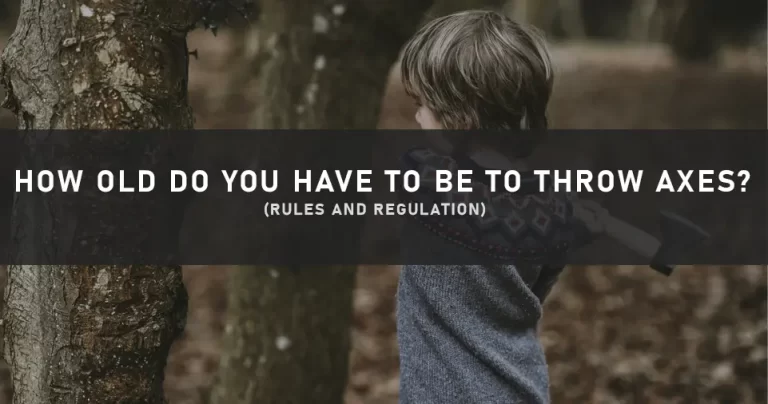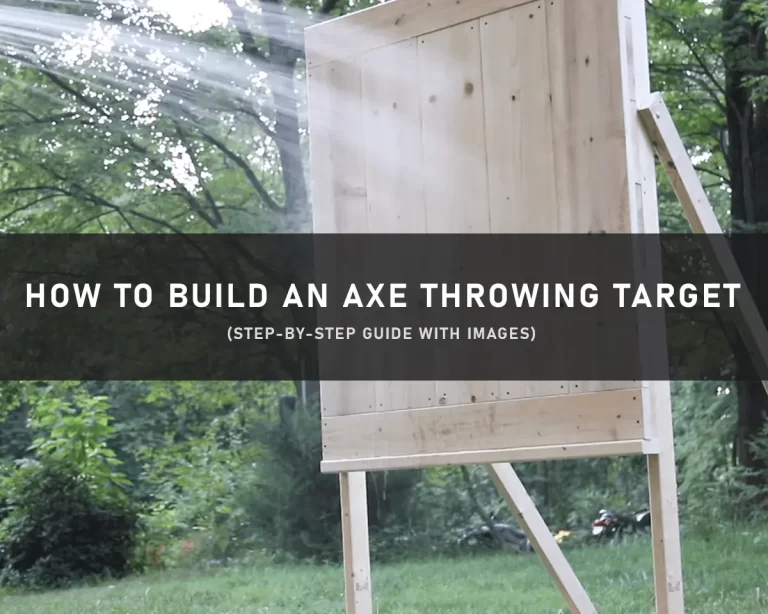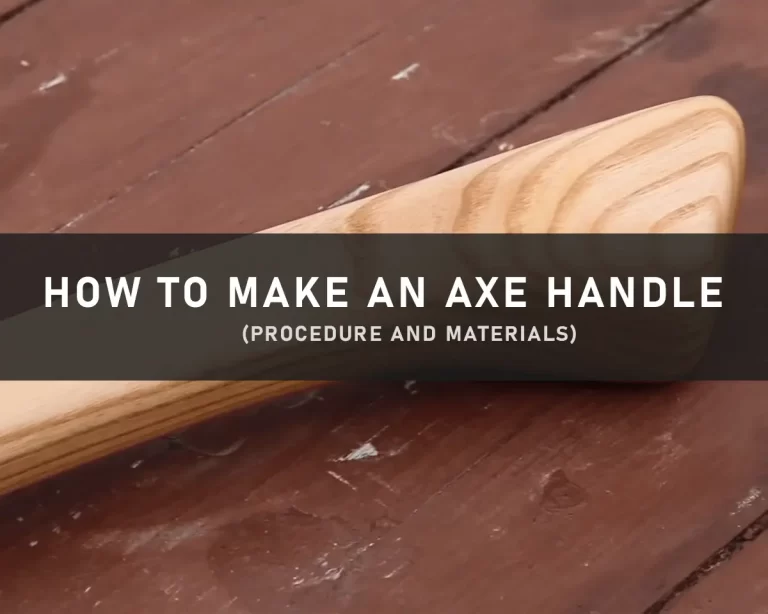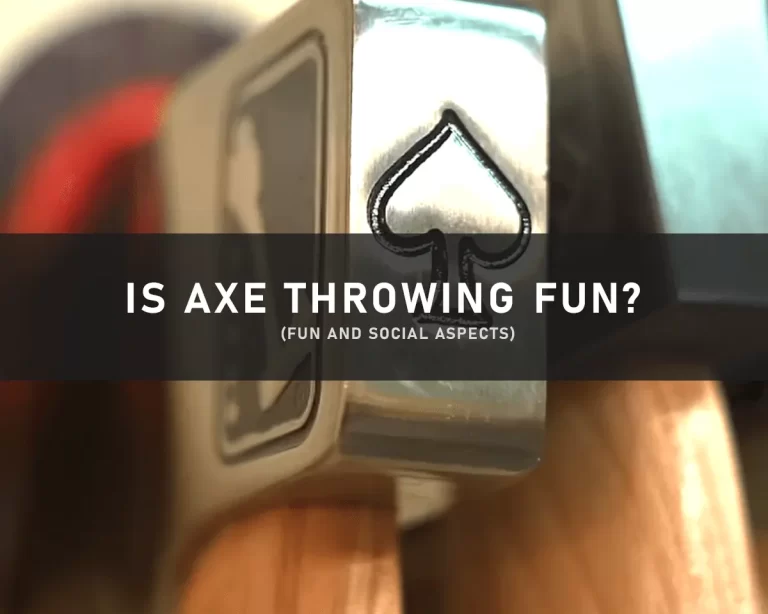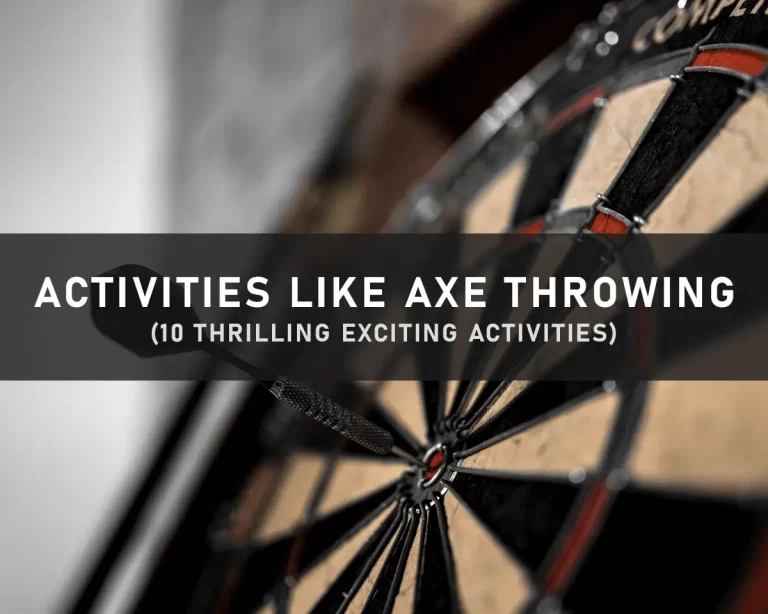Axe Vs. Hatchet: Similarities & Differences
While talking about axe throwing, another term that often reaches your ears along with an axe is a hatchet. Axe and Hatchet have been used for ages; they are almost as old as humans. Many people think the axes and hatchets are the same and one can replace another.
If we look at axe vs. Hatchet, that’s not the case; we come to know that both tools are unique and have their particular function and user demand. For example, you can’t use hatched for felling mature trees; only axes can do this. Some structural similarities make hatchets and axe count in the same family.
In this article, you will counter the similarities and differences between an axe and a hatchet and which is best to use in the axe-throwing game.
Axe Vs. Hatchet: Similarities
They have similarities in dimensions like basic functionality, design, and means of usage; let’s dive into each one to look into more detail.
1. Basic Functionality
The base function of both axe and Hatchet is to chop and split the wood. They are designed to give a clean edge through hard objects like timber efficiently.
Axe and Hatchet can be used to cut down trees, shape wood, or split logs for firewood. Both of them can get the job done with proper handling and skills.
2. Design
The basic design concept for the axe and Hatchet is the same if you look at them. They consist of a shaped metal head attached to the wooden handle firmly. It allows the user to exert maximum force and momentum during the swings.
Blades for both axe and hatches are extremely sharp, usually caused by hardened steel. Both speak volumes of durability, toughness, and sharpness when used over extended periods.
3. Hand Tool
Axes and hatchets are tools used with hands; no third-party reinforcement is needed. This allows users to use it under different circumstances and environments.
Their portable size allows easy transportation to cut wood while moving here and there, making them a go-to choice for outdoor trips, camping, and other survival situations.
Axe Vs. Hatchet: Difference
Despite some similarities, they speak loudly of differences on various fronts, such as size, weight, versatility, and application. Let’s go into the depth of these dimensions to see more clearly.
1 – Size and Weight
One of the significant differences in your book is the size and weight; both axe and Hatchet are different on this front. Generally, axes are larger and way heavier than the hatches. Axes have longer handles, typically from 28 to 36 inches.
Hatchets, on the other hand, have smaller handles ranging from 12 to 16 inches. The traditional axe weighs around 2 to 5 pounds, whereas hatchets are usually between 1 and 2 pounds. The variation in size and weight highly impacts the tools’ balance, way of use, and cutting power.
2 – Versatility
With large, heavy heads and more lengths, axes are more versatile than hatchets. Axes are well suited for heavy-duty tasks like felling large trees and chopping sturdy logs into smaller wood chunks. They provide more leverage and powerful blow when striking the surface of the wood.
Hatchets are more suitable for smaller tasks and precise works such as limbing, carving, and cutting kindling. More little and handle Hatchet allows for better control and maneuverability, even for the new users in axe throwing scoring.
3 – Application
They sometimes have overlapping use, and sometimes they differ in usage. Axes are usually used n forestry, construction, and woodworking industries, where larger tasks are involved. They are essential tools for loggers and carpenters who work professionally.
Hatchets, with their smaller and compact size, are more versatile and used for campers, backpackers, and outdoor enthusiasts for tasks like clearing trails, setting up campsites, and processing firewood.
4 – Safety Consideration
Hatchets’ weight makes it easier for users to handle them properly and cause fewer safety hazards. They need more force and precision to cause an impact equal to the axe. For using both tools, it is necessary to use precautions and protective wear to save yourself from any damage.
Axe Vs. Hatchet: Use in Axe Throwing
People use both axes and hatchets in axe throwing. Hatchets being more miniature and light weighted, are preferred by users who are learning how to throw an axe for beginners. On the other hand, professional players use axes for throwing.
It depends on the players’ skill set; hatchets give more maneuverability by being lighter, and you must apply greater force with axes. Axes are known to be more forgiving than hatchets while taking shots.
| Pros | Cons | |
| Hatchet | Smaller size allows for better control | Limited power and momentum |
| Easier to throw in confined spaces | Less accuracy at longer distances | |
| Lightweight for quick and precise throws | The smaller margin for error | |
| Versatile for various throwing techniques | Limited chopping or cutting applications | |
| Axe | The larger size provides more power | Heavier and harder to control |
| Greater momentum for longer throws. | Limited accuracy in tight spaces | |
| Suitable for outdoor and larger targets | Requires more space for swinging | |
| Dual-purpose tool for chopping and throwing | Less maneuverable and versatility |
Conclusion
Concluding the debate on axe vs. Hatchet, both are similar on various fronts like essential use, design, and handling. On the other hand, they are different regarding size, weight, versatility, and application. If you are looking for a tool for outdoor activities, a hatchet is best; while axe throwing, you should pick an axe.
Axe vs. Hatchet, what sounds handier to you in an axe-throwing game?


